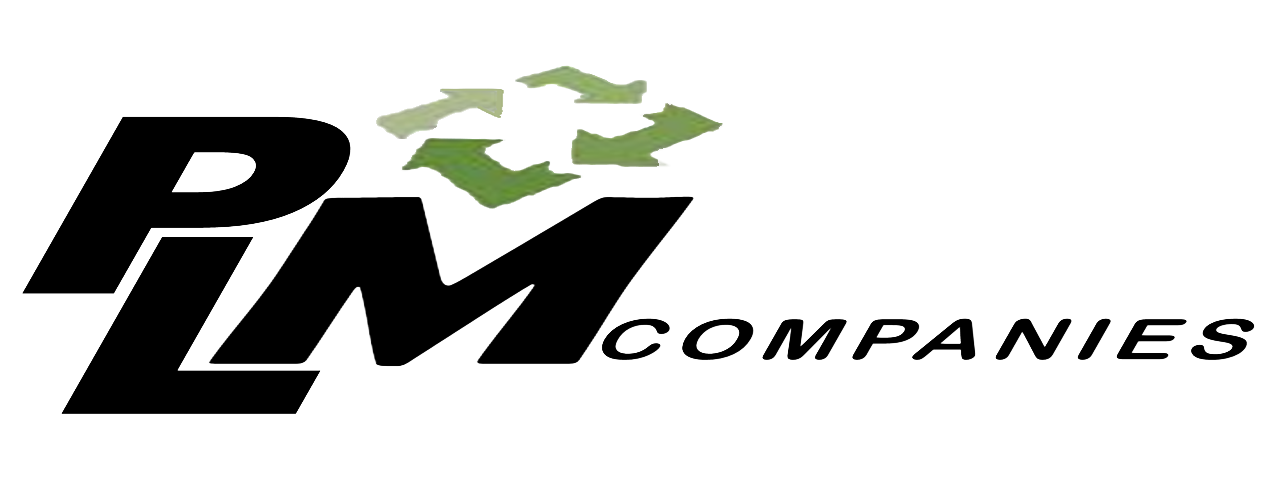At PLM Companies, we understand that the right packaging is essential not only for the safety of your products but also for your brand's image and customer experience. Here's our expert guide on designing the perfect custom box in four essential steps:
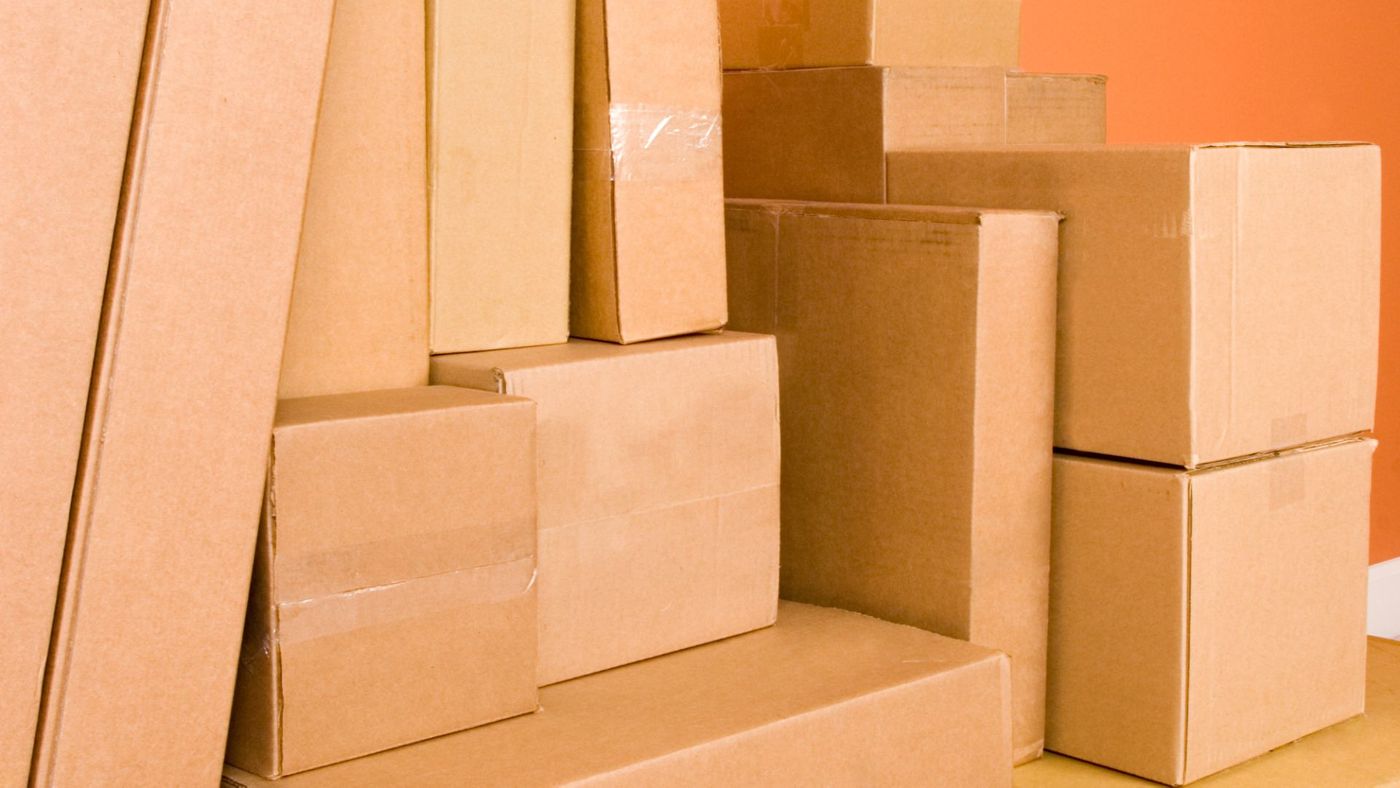
4 Steps to Design a Custom Box
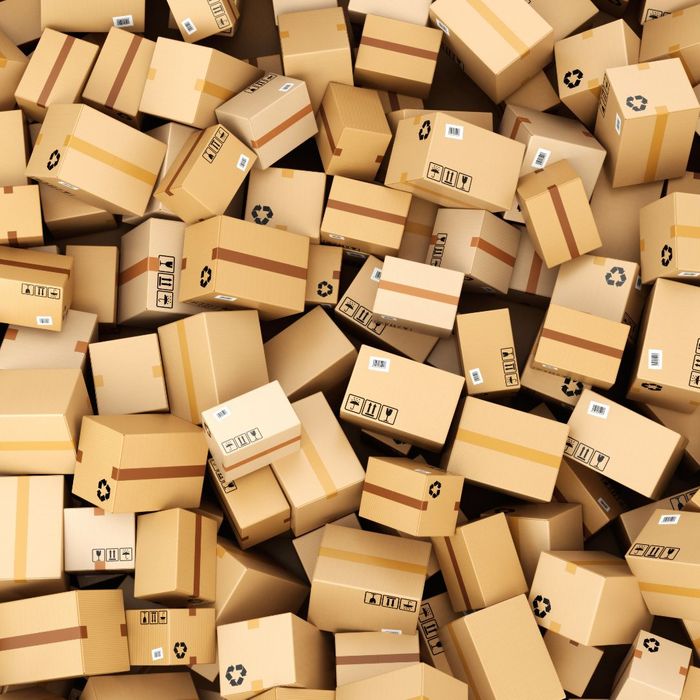
Step 1: Define Your Requirements
Begin by determining your product's specific needs. What are its dimensions, weight, and fragility level? How will it be stored and transported? Answering these questions will help you design a box that ensures optimal protection and efficiency in handling. Consider factors such as stackability, storage conditions, and transit duration, which all influence the design specifications. This initial analysis lays the groundwork for developing packaging that is both functional and secure.
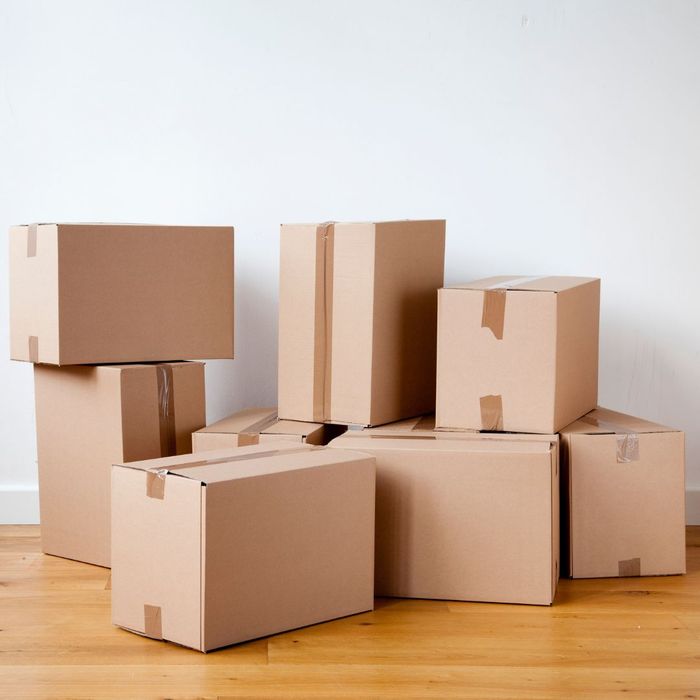
Step 2: Choose the Right Material
The choice of material plays a critical role in the performance and aesthetics of your packaging. Corrugated cardboard is a popular choice due to its durability and customizable properties. It comes in various grades and flute sizes that can be tailored to the level of protection required. For more premium packaging, materials like rigid cardboard or even recyclable options might be considered to elevate the customer experience while maintaining an eco-friendly approach.
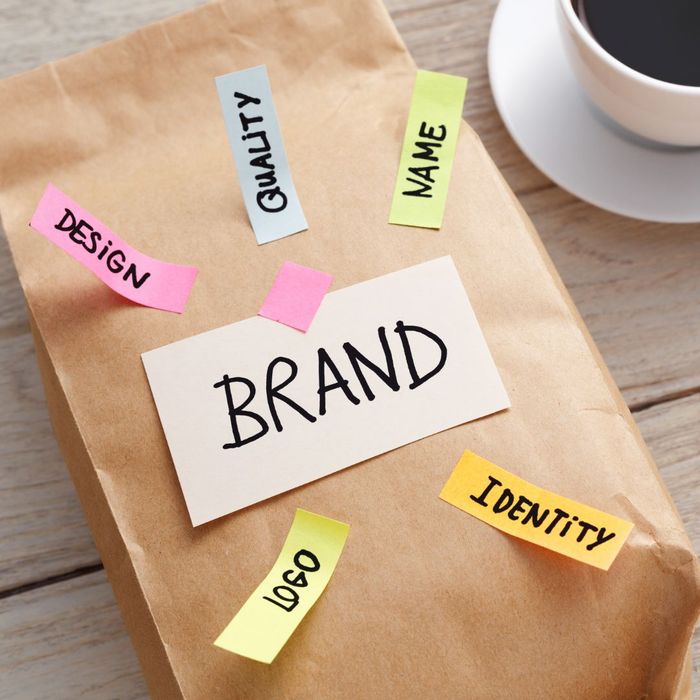
Step 3: Incorporate Branding Elements
Packaging is a powerful tool for brand recognition and customer engagement. This step focuses on customizing the design to feature your logo, company colors, and other unique branding elements that communicate your brand's story. Advanced printing techniques can be used to achieve high-quality visuals and textures that resonate with your customers. Think about how the design of the box can reflect the quality and personality of your brand, making every unboxing a memorable event.
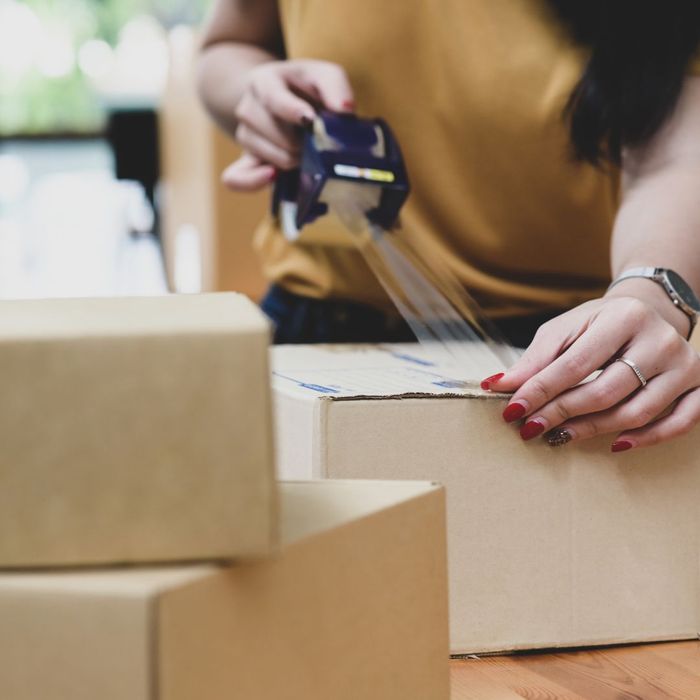
Step 4: Prototype and Test
After designing your box, create a prototype to evaluate its functionality and aesthetic appeal. This sample will be put through various tests simulating real-world shipping conditions to gauge its durability and protective capabilities. It's crucial to observe how the box handles stress like impact, compression, and moisture exposure. Feedback from this testing phase may lead to tweaks in the design or materials, ensuring that the final product is robust enough to protect and delight.
At PLM Companies, we are committed to guiding you through every step of your custom packaging journey. From design to delivery, our team ensures that your packaging not only protects but also enhances your brand's presence in the market.
Interested in getting started with custom packaging? Connect with us to discuss your project, and let's craft packaging that stands out and delivers on every front.
